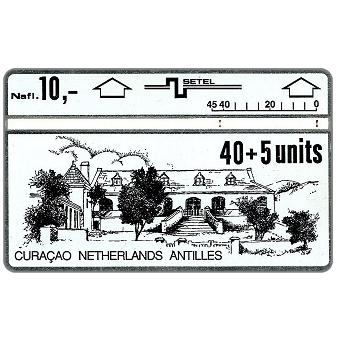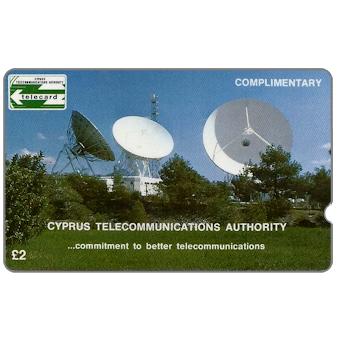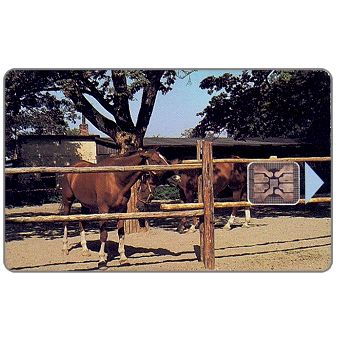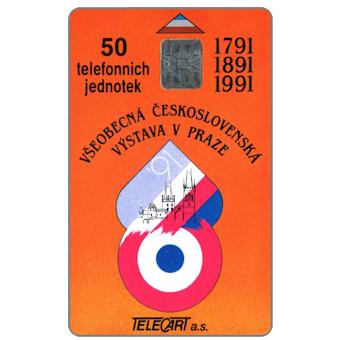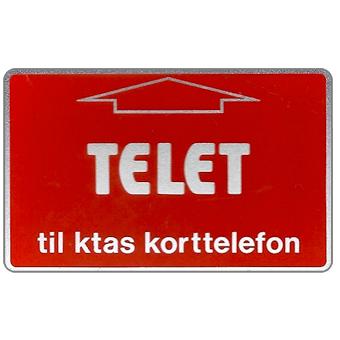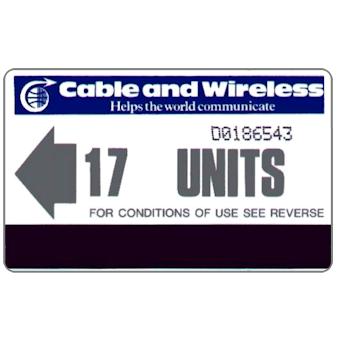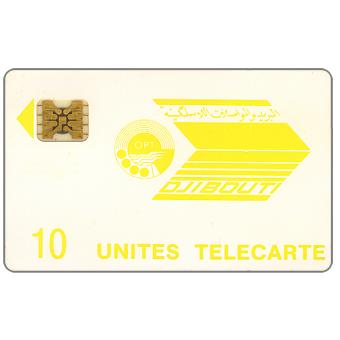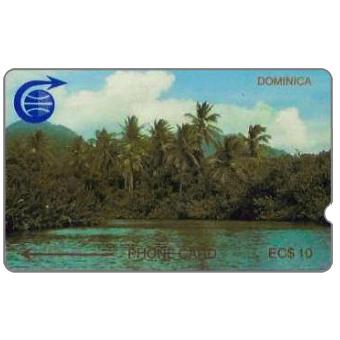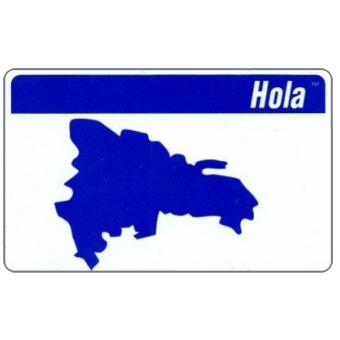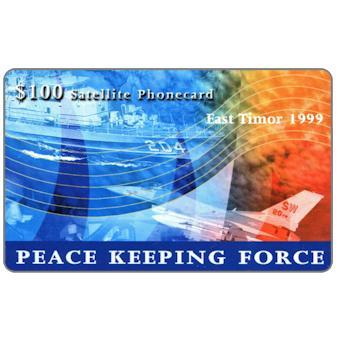Despite being the largest of the islands that made up the Netherlands Antilles, dissolved in 2010, Curaçao began to use telephone cards later than the others. As for the other islands, the technology used was…
Cyprus, 1988
Produced by the English GPT, the first card used on the island was a complimentary card, representing a satellite antenna, with 1CYPA code and 10,000 run. Shortly thereafter, a series of three ordinary green and…
Czech Republic, 1993
On January 1, 1993, Czechoslovakia split peacefully into two new countries, the Czech Republic and Slovakia. Telecom Praha, the Czechoslovak national company, which had already issued several cards before the split, continued to operate in…
Czechoslovakia, 1991
This nation no longer exists since January 1, 1993, but before the split between Czech Republic and Slovakia, some chip cards were issued. The first two appeared in May 1991, on the occasion of the…
Denmark, 1982
In addition to the national telephone company, KTAS (which later became Tele Danmark), in Denmark there were several regional telephone companies, each of which issued their own cards before being absorbed by Tele Danmark. Manufactured…
Diego Garcia, 1985
The island of Diego Garcia is an atoll that is part of the British Indian Ocean Territories, known for the presence of the United States Navy military base, one of the most important US forces…
Djibouti, 1989
Public telephone devices operating with a chip card were installed in 1989 and the first cards provided by Schlumberger depicted the OPT Djibouti logo on a white background. The same design will then be used…
Dominica, 1989
As with many other Caribbean islands, the first cards used were supplied by GPT, and included a series of four with the same image and values of EC $ 5.40 (code 1CDMA), EC $ 10…
Dominican Republic,1994
The Dominican Republic is a Caribbean nation that occupies the eastern part of the island of Hispaniola, which it shares with Haiti. The phone cards used are mostly of the remote memory type and have…
East Timor, 1999
A remote memory card, with a face value of $ 100 (US dollars), was provided to the Peace Keeping Force troops stationed in the country following the independence proclaimed after the occupation by Indonesia. The…



